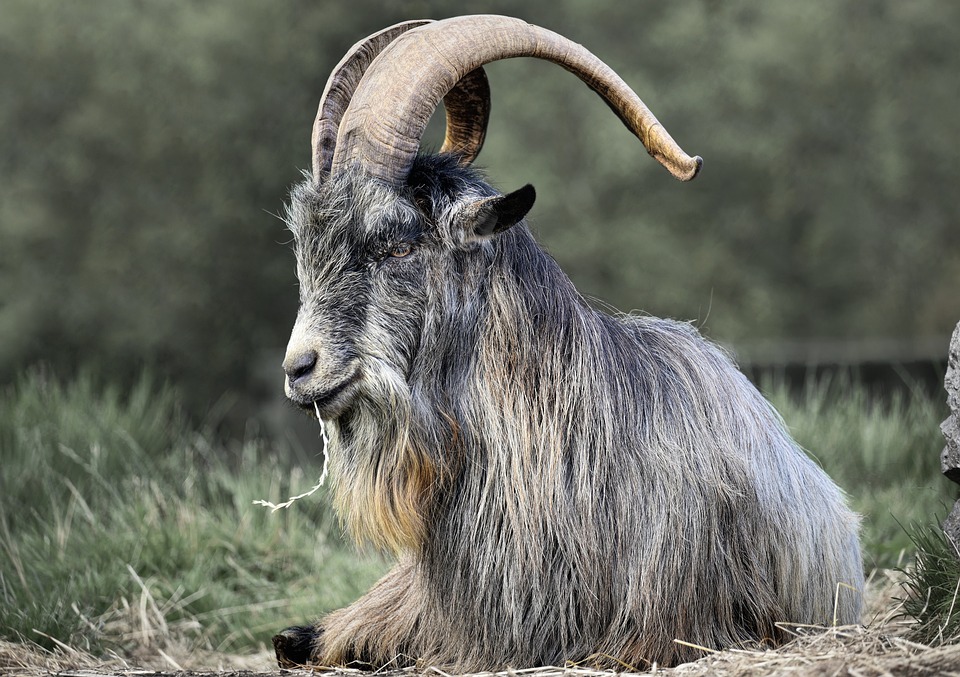
The Origins of Irish Folklore and Mythology
Ireland has a long and rich tradition of folklore and mythology that dates back thousands of years. The ancient Celts, who inhabited the island, brought with them their own beliefs, deities, and stories, which were later merged with Christian influences. This blending of traditions created a unique and vibrant tapestry of myths and legends that has been passed down through generations.
The Tuatha Dé Danann
One of the most prominent figures in Irish mythology is the Tuatha Dé Danann, a mythical race of gods and goddesses who were said to have ruled Ireland before the arrival of humans. According to legend, the Tuatha Dé Danann were skilled in magic and possessed great powers. They were eventually defeated by the invading Milesians and forced to retreat underground, becoming the fairy folk of Irish folklore.
The Fianna
Another well-known group in Irish mythology is the Fianna, a band of warriors who roamed the countryside and defended the land from threats. Led by the legendary warrior Fionn mac Cumhaill, the Fianna were celebrated for their bravery, loyalty, and skill in battle. Many tales and legends have been written about their adventures and exploits.
Themes and Motifs in Irish Folklore
Irish folklore is filled with recurring themes and motifs that have been passed down through the generations. These themes often reflect the values, beliefs, and traditions of the Irish people, as well as their connection to the land and nature.
The Banshee
One of the most famous figures in Irish folklore is the banshee, a female spirit who is said to wail and keen when someone is about to die. The banshee is often depicted as a harbinger of death, appearing to mourn the passing of a loved one. Her haunting cry is believed to be a warning to those who hear it, signaling an impending tragedy.
The Leprechaun
Another iconic figure in Irish folklore is the leprechaun, a mischievous fairy who is known for his love of pranks and tricks. Leprechauns are said to be skilled shoemakers and keepers of hidden pots of gold, which they guard jealously. Legend has it that if you catch a leprechaun, he will grant you three wishes in exchange for his freedom.
The Influence of Irish Folklore and Mythology
Irish folklore and mythology have had a profound impact on Irish culture and society, shaping everything from literature and art to holidays and festivals. Many of Ireland’s most famous writers, such as W.B. Yeats and James Joyce, drew inspiration from Irish mythology in their works, infusing them with the magic and mystery of the ancient tales.
Holidays and Festivals
Many of Ireland’s holidays and festivals are steeped in folklore and mythology, drawing on ancient traditions and legends. St. Patrick’s Day, for example, celebrates the life of Ireland’s patron saint, who is said to have rid the country of snakes. The holiday is marked with parades, feasting, and the wearing of green, in honor of St. Patrick.
Art and Literature
Irish folklore has also inspired countless works of art and literature, from paintings and sculptures to poems and novels. The tales of the Tuatha Dé Danann, the Fianna, and other mythical figures continue to captivate and inspire artists and writers around the world, keeping the stories alive for future generations.
Preserving Irish Folklore for Future Generations
As technology and modernization continue to reshape the world, there is a growing concern that traditional folklore and mythology are at risk of being lost. However, efforts are being made to preserve and promote Irish folklore for future generations, ensuring that these ancient tales continue to be passed down and cherished.
Archives and Collections
Many organizations and institutions are working to collect, document, and preserve Irish folklore for future generations. Archives and collections of myths, legends, and folk tales are being digitized and made accessible to the public, allowing people to explore and learn about Ireland’s rich storytelling heritage.
Educational Programs
Educational programs and initiatives are also being developed to teach young people about Irish folklore and mythology, ensuring that these traditions are not forgotten. Schools and cultural institutions are incorporating folklore into their curriculums, giving students the opportunity to study and appreciate the stories that have shaped Irish culture for centuries.
Conclusion
Irish folklore and mythology are a valuable and integral part of Irish culture, offering insights into the beliefs, traditions, and values of the Irish people. From the ancient tales of the Tuatha Dé Danann to the legends of the Fianna, these stories continue to captivate and inspire audiences around the world, keeping the magic and mystery of Irish mythology alive for future generations to enjoy.
Leave a Comment